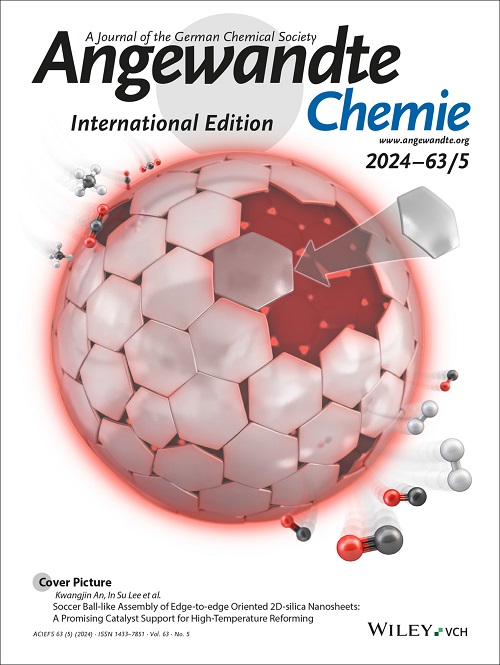Removing α‐H in Carboxylate‐based Electrolytes for Stable Lithium Metal Batteries
IF 16.1
1区 化学
Q1 CHEMISTRY, MULTIDISCIPLINARY
引用次数: 0
Abstract
Although carboxylate esters greatly improve the cold weather performance of graphite‐based lithium‐ion batteries utilized in arctic expeditions, the underlying cause of the incompatibility between carboxylates and lithium (Li) anodes has not been sufficiently explained, resulting in the greatly restricted usage of carboxylate in lithium metal batteries (LMBs). Herein, we reveal the serious parasitic reactions between carboxylate α‐H atoms and Li metal are the culprits that render carboxylate‐based ineffectiveness for LMBs. By replacing all α‐H atoms with fluorine atoms and methyl groups, we successfully construct inert carboxylates and find the ions/molecules distribution in electric‐double‐layer (EDL) can be manipulated at a molecular‐level. The unique structure ensuring more anions are positioned closer to the Li surface in the EDL of the inert carboxylate‐based electrolyte, the morphology of the deposited Li is significantly regulated and the chemical corrosion gets effectively inhibited. As a consequence of remarkable extending lifespan of carboxylate‐based LMBs with routine salt concentration and few additives. More generally, using carboxylates lacking α‐H atoms offers a realistic approach to increase the variety of solvents that can be used in LMBs electrolytes.求助全文
约1分钟内获得全文
求助全文
来源期刊
CiteScore
26.60
自引率
6.60%
发文量
3549
审稿时长
1.5 months
期刊介绍:
Angewandte Chemie, a journal of the German Chemical Society (GDCh), maintains a leading position among scholarly journals in general chemistry with an impressive Impact Factor of 16.6 (2022 Journal Citation Reports, Clarivate, 2023). Published weekly in a reader-friendly format, it features new articles almost every day. Established in 1887, Angewandte Chemie is a prominent chemistry journal, offering a dynamic blend of Review-type articles, Highlights, Communications, and Research Articles on a weekly basis, making it unique in the field.

 求助内容:
求助内容: 应助结果提醒方式:
应助结果提醒方式:


